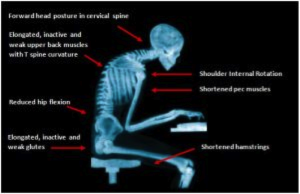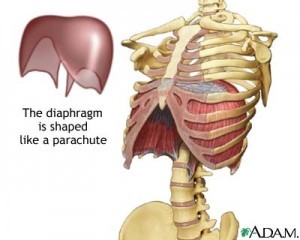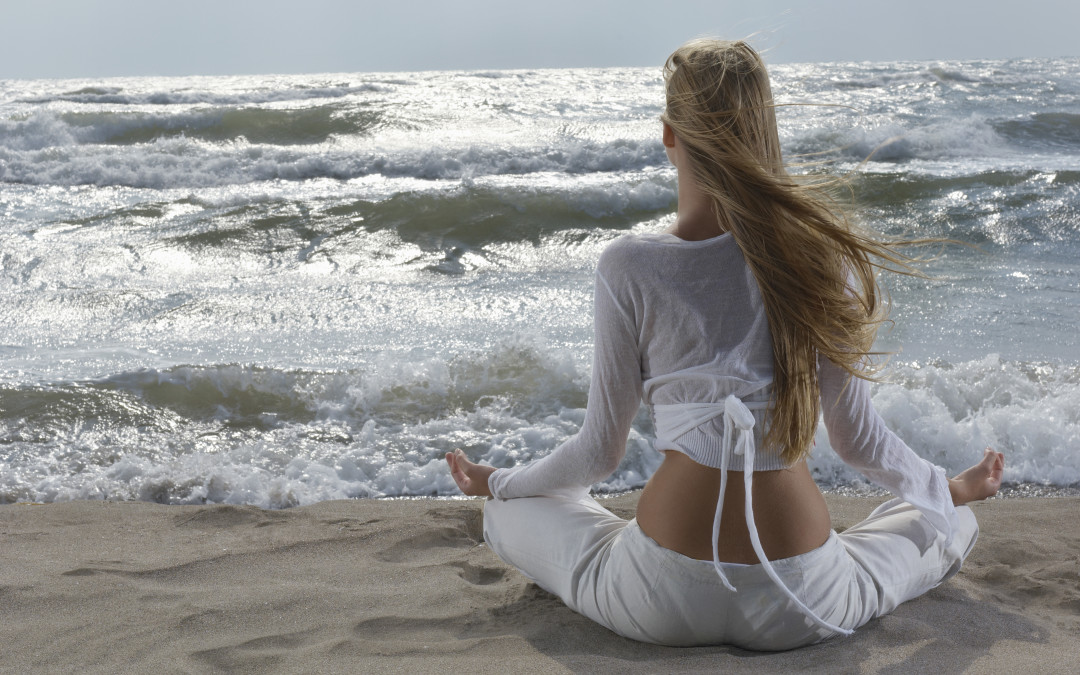You’re breathing wrong. Yes you. Wait, what?
You’re probably thinking something like, “what the hell are you talking about? I’ve been doing just fine with staying alive for this long, what’s wrong with my breathing?”
Well yes, you’ve been doing just fine getting oxygen into your lungs, but are you doing it in the most efficient way? And more importantly, are you using the correct muscles designed for breathing? Or are you using other secondary muscles that are designed to support the primary breathers?
A basketball metaphor works pretty well to explain this – It’s like benching your star players and asking the role players to step up in a clutch situation and make a big play. Your role players are great as role players. They fight for rebounds, they hustle for loose balls, and they are scrappy as hell at playing defense.
But down the stretch with 3 seconds left and you’re down by 2 points, do you really want your role player with the ball? Probably not.
And the same goes for your breathing muscles. The star player is the diaphragm. It’s the big time breathing muscle. No other muscle comes close. Of course you can use your chest, neck, upper back, little muscles in between your ribs to breathe(again, great role players), but they pale in comparison to the diaphragm as far as getting air into your body!
And when you use those secondary muscles as prime breathers, they get a little upset. They get very active, tight, and sometimes a little spastic.
How Sitting For Long Periods Will Only Make It Worse
One of the most common positions we see in today’s world is the shoulders rounded in, neck hunched forward position that we’ve adapted to because we spend so much time sitting in chairs, in cars, or staring at tiny screens all day.

Take a look at this image closely.
There is a basic law in sports physiology called the SAID principle. It says that given stressors on the human body, it will adapt by making Specific Adaptations to Implied Demands(SAID). In other words, if you sit a lot, you’ll get really good at sitting. Your body will make adaptations to be a really good sitter. Your butt (biggest muscle in the body) will turn off because you don’t need them too much for sitting. Your hip muscles will shorten for the same reason.

And if you take a look at where your diaphragm sits, which is just below your ribs, think about how difficult it would be to use that muscle in this rounded forward position. You’ll be forced to use other muscles.
The role players are now the stars. But one problem. They weren’t designed for stardom. What happens is that those muscles get overactive, tight and create problems, especially in the neck and shoulder area. Left unchecked, this can have terrible consequences.
What’s the solution then? Practice using your diaphragm with the following 3 breathing drills.
1) Belly Breathing
Using the feedback of your hands, this technique brings awareness to how you are breathing. The focus in active belly breathing is on your left hand, or on your stomach.
Instructions: Sit or lay down in a comfortable position. Place your left hand on your stomach and your right hand on your chest. Take deep inhales, expanding your belly (by using your diaphragm muscle) which will push the stomach outwards, moving your left hand up as your belly expands. Exhale deeply and let the belly return to normal. The right hand on your chest should remain still. Try for 10-15 cycles (one inhalation & exhalation is one cycle) of deep belly breaths.
2) Crocodile Breathing
This is one of my favorite breathing exercises, and it builds off what you learned in the belly breathing exercise. This exercise adds a little resistance (through gravity) to your breathing, helping your breathing muscles fire more effectively.
Instructions: Lying facedown on the ground, rest your forehead on top of your hands. Relax and take deep breaths into your mid-torso area. The idea with crocodile breathing is to try to expand the full 360 degrees of your lower torso (meaning your belly, back, and sides) with breath. You should feel your belly get full and wide on the ground as you breathe deeply. This ensures that you’re using your diaphragm and not your chest. Shoot for 3-5 minutes of crocodile breathing. Choose a relaxing song that lasts somewhere between that time, or set a timer so you can focus on your breathing instead of the clock.
3) Cycled, Balanced Breathing
Maybe the simplest but still highly effective technique is the cycled, counted breathing technique. Popular with a lot of mindfulness practices, you simply count the duration of each inhale and exhale, progressing the duration of each in a ladder format.
Instructions: Start with a simple 4-ladder breath exercise. It works like this. Start by taking an inhale for 1 second, hold for 1 second, and then exhale for 1 second. Then inhale for 2 seconds, hold for 2 seconds, and exhale for 2 seconds. Continue up to 4 seconds, and then go back down to 1. Repeat this cycle for 2-3 minutes.
Why Breathing Well Matters
Engaging your diaphragm to breath and allowing other muscles relief will directly translate into being a better human being, not matter what activity you do.
You will become a better surfer. If you’re a runner, you’ll be a better runner. If you love riding your bike, you’ll be a better rider. A better yogi. A better weight lifter. A better father. A better mother. A better son or daughter.
Yes, breathing well will make you a better human being. Here are 4 reasons:
1) Better Posture
By engaging the diaphragm and letting the muscles of the upper back and neck relax, you have better posture. Better posture is crucial to long-term health and vitality.
2) Improves Energy and Stamina
Using the diaphragm to breath will provide more oxygen to muscles and therefore give you more energy and stamina.
3) Builds More Self-Awareness
The simply act of listening to your breath and focusing your mind will only further the vital skill of self-awareness. With more self-awareness, you’re able to do a lot more with your life.
4) Decreases Stress
Using your diaphragm to breath has been shown to reduce stress by triggering your parasympathetic nervous system. This is the part of the nervous system that is responsible for “rest and digest”. Most of the time we are walking around in our “sympathetic” nervous system which is all about “fight or flight”. Spending more time in parasympathetic will allow the body and mind to reduce stress and recover better.
Better breathing will literally spill into EVERY OTHER part of your life. Give these simple breathing exercises a try and keep me posted on how it goes!
Nick





